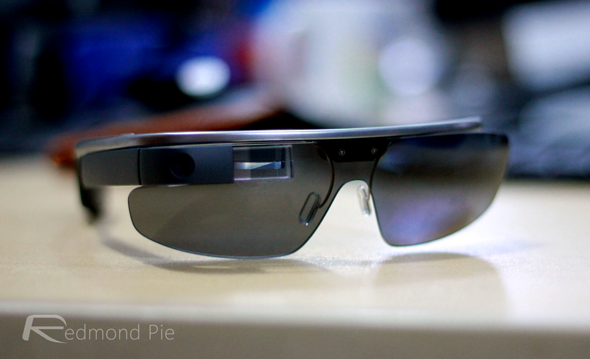Google Glass goes through good and bad spells. Sometimes Google’s wearable technology is front and center, very much in the limelight and showing us all where computers of tomorrow may take us. Other times, Glass feels like something of an afterthought, or perhaps Google’s hobby rather than something that it truly believes will be the future of how we receive information when on the move. Today is very much the former, with Google offering developers a sneak peek at its Glass software development kit, called the Glass Development Kit, or GDK.
During a Glass hackathon at Google’s San Francisco offices today, senior development advocate Timothy Jordan took developers on a journey through the GDK while showing some examples of what is possible, and also giving us all a peek at what third-party apps on Glass may look like.

Google Glass apps – or Glassware – will effectively fall into one of two categories. The first, dubbed ‘live cards’ allows apps to live to the left of the Glass home screen. These cards can be constantly running and always updating while being just a swipe away, making things like timers, stopwatches and other apps possible. In fact, a stopwatch is the exact app that Jordan used as a demonstration when showing off live cards to the audience.
The second option is a more focused and immersive experience. This is aimed at apps that need to take focus, with swiping gestures allowing interaction with menus within the app rather than switching cards as normal. Examples here include GPS tracking apps like Strava which can display speed and progress while exercising. Translation apps would also be a good example of these kinds of apps, with one such app allowing Glass wearers to look at text and have it translated on the fly.
Google also took the liberty to announce a bunch of new apps for Glass. The list includes Strava, which we mentioned above, GoldSight, Spellista, IFTT and much more. Here’s the complete list of apps which is currently available for Glass:
The list isn’t extensive but it’s great to see how Google is burning the midnight oil to make developers jump onto the Glass bandwagon.
Just like any other mobile platform, Google Glass’s success may well depend on what third party developers can do with the hardware. Google claims that it has made its GDK as similar to Android development as possible in order to try and lower the barrier to entry, so hopefully we’ll see at least some of our favorite smartphone apps adapted to the more personal Glass experience.
You may also like to check out:
You can follow us on Twitter, add us to your circle on Google+ or like our Facebook page to keep yourself updated on all the latest from Microsoft, Google, Apple and the web.
